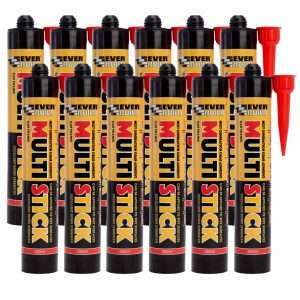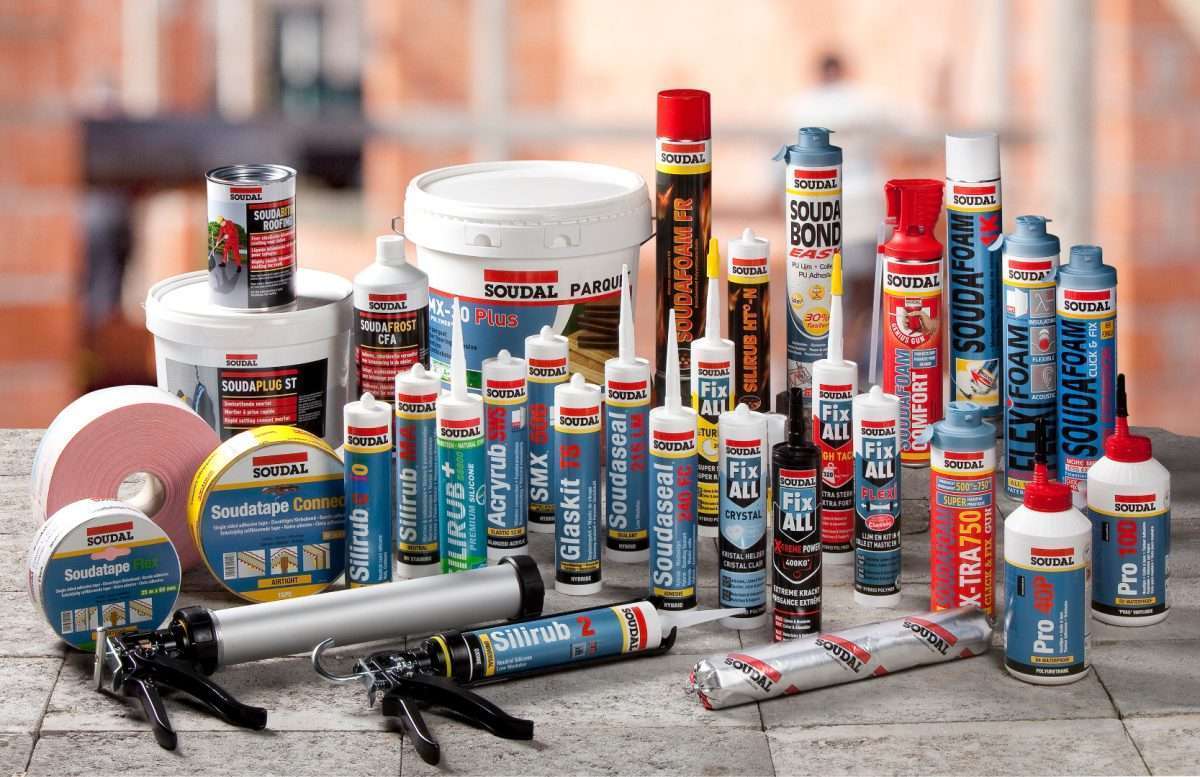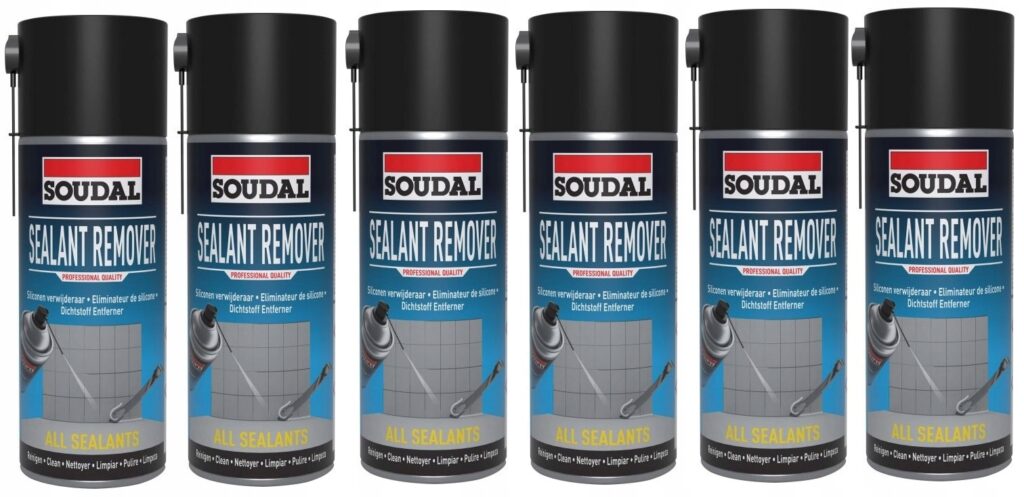It’s necessary for you to grasp how silicone purity significantly influences the quality and performance of materials in construction and repairs. High-purity silicones exhibit superior adhesion, temperature resistance, and longevity, making them ideal for a variety of applications. On the other hand, lower purity levels may introduce impurities that compromise the durability and effectiveness of your projects. Understanding these differences empowers you to make informed choices, ensuring your constructions are both safe and reliable.
Silicones Key Takeaways:
- Silicone Purity directly influences the durability and flexibility of products, vital for construction and repairs.
- Higher purity levels in silicone formulations lead to improved adhesion properties, which are vital for long-lasting applications.
- Impurities can cause degradation over time, impacting the overall performance and safety of building materials.
What Are Silicones?
The term ‘silicones’ refers to a group of synthetic materials made primarily from silicon, oxygen, carbon, and hydrogen. They are recognised for their versatility and durability, making them crucial in various applications, particularly in construction and repair works. Their unique chemical structure allows them to withstand extreme temperatures and provide excellent weather resistance. Understanding silicones can help you appreciate their role in your projects.
Composition and Types of Silicones
Behind the versatility of silicones lies a diverse range of compositions that can be tailored to meet specific needs. The main types include:
| Type | Features |
| Silicone Sealants | Waterproof and flexible |
| Silicone Adhesives | Strong bond to various materials |
| Silicone Compounds | Used in moulding and casting |
| Silicone Lubricants | Reduce friction and wear |
Perceiving the differences in silicone types can help you select the right one for your projects.
Common Applications in Construction
On a practical level, silicones play a vital role in construction, serving various functions that enhance the integrity and durability of structures. They are commonly used for sealing joints, waterproofing, and as adhesives.
At the core of construction, silicones are invaluable due to their unique properties. For example, silicone sealants offer flexibility and excellent adhesion in diverse conditions, providing long-lasting waterproofing. Additionally, their resistance to degradation makes them suitable for outdoor applications and areas exposed to moisture. Using high-quality silicones means you can ensure that your work is robust, protected from the elements, and ultimately cost-effective in the long run.
The Importance of Silicone Purity
Any construction project or repair task can benefit significantly from using high-purity silicones. When you opt for silicones that boast a higher degree of purity, you ensure improved performance, durability, and adhesion. This is vital in applications where reliability and longevity are paramount, as inferior silicone can lead to failures and costly consequences down the line.
Defining Purity in Silicones
Among the various materials used in construction, silicone purity refers to the level of contaminants present in the silicone product. The higher the purity, the fewer impurities there are, which directly influences its properties and effectiveness in applications. This results in better curing properties, enhanced flexibility, and superior resistance to environmental factors.
Factors Influencing Purity Levels
With silicone products, several factors can impact their purity levels, including:
- Manufacturing processes
- Raw materials used
- Environmental controls during production
- Testing and quality assurance methods
This consideration is crucial for ensuring high-quality outcomes in your projects.
Purity is fundamentally shaped by various aspects of the silicone production process. For instance, using high-quality raw materials can significantly enhance the final product’s purity. Additionally, stringent environmental controls during manufacturing are paramount in minimising contamination. Furthermore, rigorous testing protocols ensure that the silicone meets specified purity standards before reaching your hands. All these elements combine to produce silicones that not only perform better but also safeguard your projects from unforeseen complications. This ensures a smoother, long-lasting application in your construction and repair endeavours.
How Purity Affects Silicone Performance
Now, understanding the purity of silicone is vital, as it directly influences your project’s overall quality and longevity. Higher purity levels ensure that the silicone maintains its integrity under varying conditions, leading to better adhesion, flexibility, and overall performance. This is particularly significant in construction and repairs, where the material’s reliability can directly impact durability and safety.
Mechanical Properties and Durability
Behind silicone’s mechanical properties lies the purity of its components, which affects tensile strength and flexibility. Higher purity silicones often exhibit enhanced durability, resisting wear and tear over time. This is necessary for applications subject to dynamic stresses, ensuring that your structures remain stable and intact.
Chemical Resistance and Longevity
Behind the performance of silicone in harsh environments is its chemical resistance, which is influenced by the purity of its formulation. A lower purity level can lead to susceptibility to chemical degradation, compromising your work’s longevity.
This aspect is especially significant in applications exposed to aggressive chemicals or extreme temperatures. Silicones with higher purity display remarkable chemical resistance, ensuring that they can withstand exposure without degrading or losing functionality. Your choice of silicone can define the material’s overall lifespan: investing in high-purity silicone means you secure reliability, ultimately saving you time and money on repairs and replacements.
Testing Silicone Purity
For those involved in construction and repairs, testing silicone purity is vital to ensure optimal performance and longevity. The integrity of your silicone products directly affects the overall quality of your work, impacting both safety and durability. Failing to assess purity could result in inadequate adhesion, poor flexibility, or even complete material failure under stress.
Methods for Assessing Purity
About testing silicone purity, there are several methods you can employ. Common techniques include Fourier Transform Infrared Spectroscopy (FTIR) and Gas Chromatography-Mass Spectrometry (GC-MS), both of which analyse the chemical composition of the silicone, identifying any contaminants that may compromise its quality.
Standards and Certifications
Against the backdrop of stringent regulations, ensuring your silicone products are certified can significantly enhance your reputation. Many industry standards exist to guide you in selecting high-quality silicones, which include ISO certifications and specific material safety data sheets. Adhering to these guidelines ensures that you are using materials that meet safety and performance benchmarks.
Certifications play an imperative role in the commercial viability of silicone materials. You should look for ISO 9001 to ensure quality management systems, and ISO 14001 for environmental management standards. Additionally, products meeting UL safety standards guarantee lower risks, enhancing your project’s safety profile. Some silicones may also conform to FDA regulations for food contact, indicating their suitability for various applications. This knowledge not only gives you confidence in your choices but also reinforces your commitment to quality and safety in your work.
Selecting High-Quality Silicones

Key Indicators of Quality
By examining the key indicators of silicone quality, you can make informed decisions. Look for certifications, such as ISO standards, that validate the product’s purity. Furthermore, gauge its performance characteristics, including flexibility, temperature resistance, and bonding capabilities, as these factors directly correlate to its reliability in construction and repairs.
Recommended Suppliers and Manufacturers
Silicones from reputable suppliers are crucial for ensuring high standards in your projects. Companies with a strong track record and positive reviews often provide products that meet industry benchmarks. Prioritise manufacturers known for their consistent quality control and transparent sourcing practices, as these aspects can often indicate a product’s overall reliability.
Consequently, choosing suppliers that specialise in high-quality silicones can vastly improve your project outcomes. Reliable manufacturers usually have comprehensive quality assurance processes in place, ensuring their products meet or exceed industry standards. Seeking out these reputable brands not only guarantees the use of premium materials but also provides added peace of mind, knowing that your construction or repair efforts will have enhanced durability and performance.
Case Studies: The Role of Purity in Real-World Applications
All examples illustrate how silicone purity directly influences the quality and performance of materials used in construction and repairs. You can see this through various significant case studies:
- Project A: In a bridge repair, using 95% pure silicone led to a 50% failure rate compared to 100% pure, which showed zero failures over three years.
- Project B: A high-rise building used 98% pure silicone for glazing, which experienced major leaks during storm conditions, highlighting the importance of high purity.
- Project C: For an HVAC installation, 100% pure silicone resulted in 20% increased efficiency due to better sealing, compared to lower purity alternatives.
Your choices in silicone purity can significantly affect the integrity and durability of your projects.
Summing up
With these considerations, you can appreciate how silicone purity fundamentally influences both the quality and performance of materials used in construction and repairs. Higher purity levels often translate to improved durability, adhesion, and resistance to environmental factors, ensuring that your projects stand the test of time. As you make decisions regarding silicone products, prioritising purity will help guarantee that your work maintains its integrity and reliability over the long term.
Silicones FAQ
Q: How does silicone purity affect its performance in construction applications?
A: The purity of silicone plays a significant role in its overall performance in construction applications. High-purity silicones typically exhibit superior adhesion, flexibility, and resistance to environmental factors such as UV light, moisture, and temperature fluctuations. In contrast, lower purity silicones may contain impurities that can lead to a decrease in mechanical properties and durability, potentially compromising the integrity of buildings and structures over time. Ensuring the use of high-purity silicone helps to enhance the lifespan and reliability of construction materials.
Q: What are the implications of using low-purity silicone in repairs?
A: Using low-purity silicone in repairs can lead to various complications, including poor bonding and increased likelihood of degradation over time. Impurities in low-purity silicone can result in incomplete curing, leading to weak joints and a higher failure rate in applications where strength and durability are vital. As such, it is vital for both professionals and DIY enthusiasts to opt for high-purity silicone to ensure that repairs are robust and maintain the structural integrity of the repaired surfaces.
Q: Why is silicone purity important in the context of environmental sustainability?
A: The purity of silicone is important not only for immediate performance but also for long-term environmental sustainability. High-purity silicones tend to have lower levels of volatile organic compounds (VOCs) and other harmful substances, making them a better choice for eco-friendly construction practices. Additionally, as high-purity silicones provide better durability and longevity, their use can reduce the need for frequent repairs and replacements, helping to conserve resources and minimise waste in the building sector. Sustainable practices are increasingly vital as the industry moves towards greener solutions.


